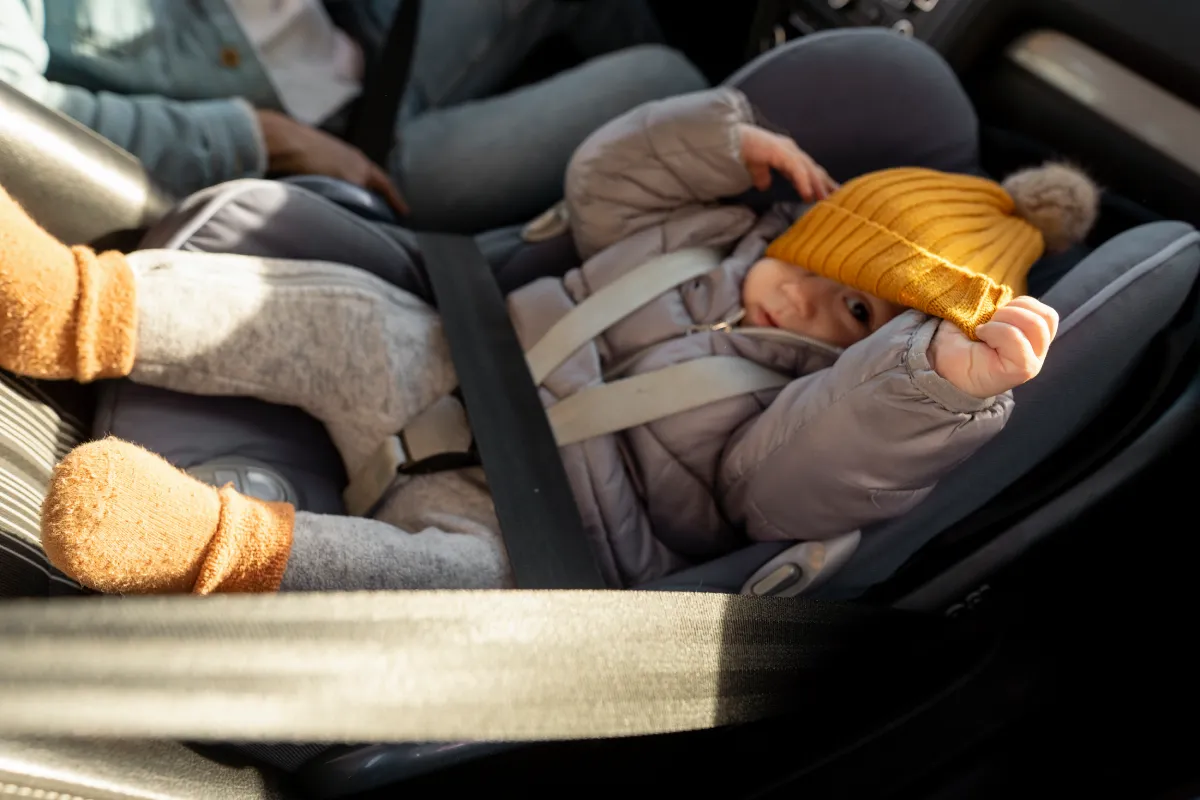How to Choose Child Car Seats: Safety Requirements
Child car seats play a critical role in keeping children safe in cars. To protect children from injury safely, their effectiveness is often tested through crash tests similar to other vehicle protection equipment.
In this article, the Indy Auto Man car experts explain how child seats are crash-tested, and the importance of ISOFIX anchorages. They also offer a list of the best cars for moms in their blog.
1. The role of child seats in crash tests
Child car seat tests are conducted to evaluate their ability to protect a little passenger in various crash scenarios. They involve simulating frontal, side, and rear impacts, just like those for defining the safest cars. The tests use dummies of different heights and weights to measure body impact, head and neck movement, and seat stability.
The main parameters evaluated in crash tests are:
- Impact absorption efficiency.
- Restraint of the child in the seat.
- Minimization of the child’s body movement.
Crash test results help manufacturers improve seat designs and provide parents with information about the safety of different models.
2. Checking the safety
To ensure the safety of a child seat, consider the following:
- Certification: Find out whether a seat is certified with any international safety standard such as ECE R44/04 or i-Size (R129).
- Independent crash test results: Study the results of tests conducted by organizations such as ADAC or NHTSA. These tests provide an objective assessment of the safety of different seat models.
- Age and weight of the child: Make sure the seat suits your child’s age, weight, and height to ensure proper placement and maximum protection.
3. ISOFIX mounting
ISOFIX is an international standard for fastening child car seats, providing a more secure and easier installation than traditional seat belts. The ISOFIX system includes rigid connections fixed directly to the car body, which reduces the risk of incorrect installation.
ISOFIX advantages:
- Simple installation: The seat is easy to install and remove, which reduces the likelihood of damage because of the wrong installation.
- Improved stability: The rigid connection provides a more stable position in an accident.
- Compatibility: Most modern cars are equipped with ISOFIX mounts, which makes the system universal.
Other safety features
There are car seats that offer extra fastenings in addition to the main ones:
- Retractable stop structures. Due to the telescopic “end”, the car seat remains stationary during a frontal impact. However, they may be inconvenient to use;
- Anchor belts. These are car seats with special straps with a carabiner, with the fasteners installed on the floor of the trunk or behind the headrest of the rear seat;
- LATCH system. This technology is often found in American cars. With the LATCH system, the child restraint device is fixed not with brackets, but with belts with hooks or locks.
How to choose the seat
The certificate of conformity is the first thing to check to make the right choice. It indicates the type of car seat. It may be universal or have car model restraints. But even with a universal car seat, it is worth paying attention to the following factors:
- The length of the belts should allow you to comfortably fasten the baby;
- The car seat should be firmly installed on the rear seats of the car;
- It should fit the child’s weight and height.
A child car seat is an important safety element in any vehicle. The correct selection and installation, as well as the use of fastening systems such as ISOFIX, significantly increase the level of protection for the child. Experts recommend checking the results of crash tests and keeping up to date with safety standards before buying a seat to secure the maximum safety of your child on the road. Do not forget to check regularly to see if an auto seat still suits your growing child.

Leave a Reply